Cuba
Welcome to Cuba
Cuba is a land where time seems to slow, music drifts through the humid air, and every street corner tells a story. From the pastel-hued facades of Havana to the emerald valleys of Viñales and the powdery beaches of Varadero, Cuba captivates with its blend of history, culture, and natural beauty. As the island welcomes travelers in 2025 with renewed vigor and improved infrastructure, there’s never been a better moment to experience the real Cuba-a place where tradition and progress dance together under the Caribbean sun.
Cuba, the largest island in the Caribbean, is a vibrant mosaic of colonial architecture, vintage cars, and spirited locals. Its population of around 11 million is mostly Spanish-speaking, and the country’s capital, Havana, is famed for its colorful buildings, classic 1950s automobiles, and lively street life. Beyond Havana, Cuba’s charm unfolds in the lush tobacco fields of Pinar del Río, the dramatic karst landscapes of Viñales, and the pristine beaches of Varadero. The island’s history is storied-marked by revolution, resilience, and a unique blend of African, Spanish, and indigenous influences that permeate its music, cuisine, and daily life.
Despite decades of political and economic isolation, Cuba’s warmth and authenticity shine through. In 2025, the country is experiencing a renaissance as a tourist destination, with significant investments in tourism and a growing openness to international visitors. Major destinations like Havana, Varadero, and Trinidad have seen upgrades in accommodations and services, making travel more comfortable and accessible than ever before.
Why Visit Cuba?
1.
A Living Museum of Culture and History
Cuba is a place where the past and present coexist in vivid color. Wander through Old Havana, a UNESCO World Heritage site, and marvel at its cobblestone streets, grand plazas, and centuries-old cathedrals. The echoes of revolution are everywhere, from the iconic portraits in Revolution Square to the museums chronicling Cuba’s tumultuous history. Yet, it’s the daily rhythms-salsa music spilling from open windows, locals debating baseball in shaded parks-that truly bring the island’s culture to life.
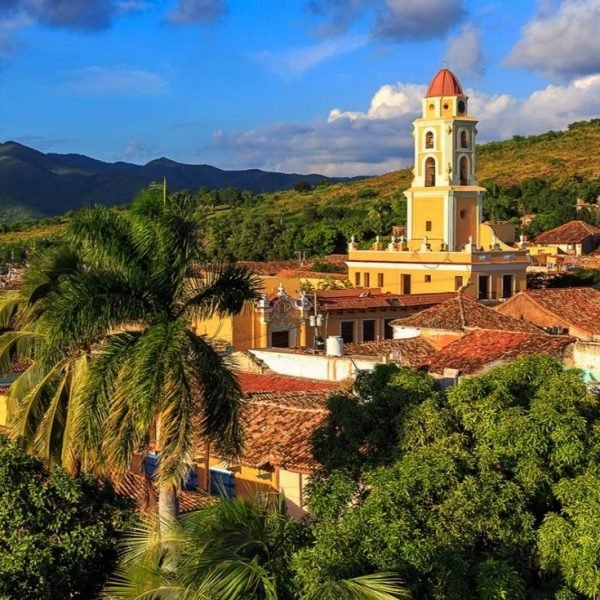
2.
Natural Beauty and Warmth
Cuba offers some of the Caribbean’s most breathtaking natural landscapes. Relax on the white sands and turquoise waters of Varadero, explore the lush Viñales Valley with its dramatic limestone mogotes and tobacco farms, or take a boat trip along the tranquil Río Canímar. Whether you’re a nature lover, a beachgoer, or an adventurer, Cuba’s diverse scenery provides endless opportunities for discovery and relaxation.

Planning Your Trip
Visa Information
Travel to Cuba in 2025 comes with updated entry requirements designed to streamline and modernize the process. As of June 30th, 2025, all international visitors must complete a pre-clearance process before arrival. This involves obtaining an electronic visa (eVisa) through the official Cuban platform, replacing the traditional physical tourist card. The application can be submitted up to seven days before your trip and must be completed at least 72 hours in advance. Once approved, travelers receive a unique code to generate a QR code, which must be presented at customs upon arrival.
Visa costs vary by country:
- United States: $50 USD
- Mexico: Approximately $27 USD
- Europe: Between €18 and €22
The visa allows for a single entry and an initial stay of 90 days, extendable for another 90 days. Requirements include a valid passport and an active email address to receive confirmation. This process aims to enhance security and make travel planning more convenient for tourists.
Best Time to Visit
Cuba enjoys a tropical climate with two main seasons: the dry, cooler season from November to April, and the warmer, wetter season from May to October. The best time to visit is during the dry season (November to April), when temperatures are comfortable, humidity is lower, and rainfall is minimal. This period is ideal for exploring cities, lounging on beaches, and enjoying outdoor activities. The wet season (May to October) brings higher temperatures and occasional heavy showers, but also fewer tourists and lush, green landscapes-perfect for those seeking a quieter, more relaxed experience.
Getting To and Around
Getting to Cuba
Cuba is increasingly accessible, with new international air routes connecting the island to major cities in Canada, Europe, and Latin America. Most travelers arrive via José Martí International Airport in Havana, though Varadero and other cities also have international airports. Direct flights are available from many global hubs, making Cuba a convenient destination for travelers from North America, Europe, and beyond.
Getting Around Cuba
Navigating Cuba is an adventure in itself, offering a variety of transport options to suit different preferences and budgets:
- Buses: The primary mode of travel for visitors, with the Víazul bus network catering to foreign tourists and offering reliable service between major cities and attractions.
- Taxis: Shared taxis (taxis colectivos), tourist taxis, and private taxis are widely available and can be an efficient way to cover shorter distances or reach destinations not served by buses.
- Car Hire: Renting a car provides flexibility, especially for exploring rural areas or off-the-beaten-path destinations. However, driving in Cuba can present challenges due to road conditions and limited signage.
- Trains: Train travel is slow but offers a unique perspective on the Cuban countryside and is suitable for those with a sense of adventure.
- Cycling: Increasingly popular, especially in scenic regions like Viñales, cycling allows travelers to immerse themselves in the landscape at a leisurely pace.
Domestic Flights: For long distances, especially between Havana and eastern cities like Santiago de Cuba, domestic flights can save time.
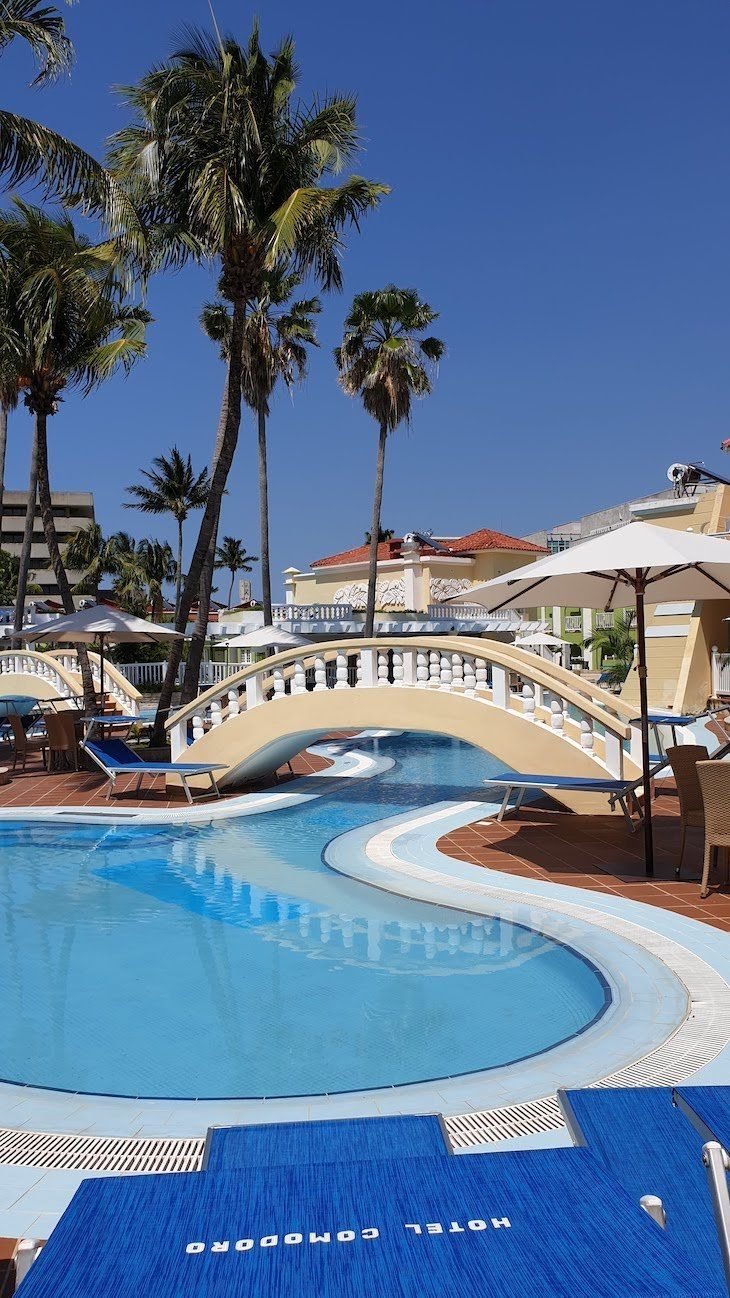
Accommodation
When planning your stay in Cuba, you’ll find a rich spectrum of accommodation options that cater to all tastes and budgets, from luxury hotels and all-inclusive resorts to charming boutique hotels and authentic private homestays known as casas particulares. Each offers a unique way to experience the island’s culture and hospitality.
Hotels and Resorts
Cuba’s hotel scene in 2025 includes a mix of historic icons and modern properties, especially in Havana, Varadero, and Trinidad. The capital boasts grand hotels like the Hotel Nacional, a landmark with a storied past, as well as newer establishments such as the Hotel Grand Aston La Habana, which offers modern, spacious rooms with ocean views and all-inclusive packages. These hotels typically feature amenities such as pools, restaurants, bars, and concierge services, making them ideal for travelers seeking comfort and convenience.
All-inclusive resorts are particularly popular in beach destinations like Varadero, where visitors can enjoy sun-soaked days with meals, drinks, and activities bundled into one price. These resorts often have extensive facilities including multiple pools, private beaches, entertainment, and water sports, perfect for families and those looking for a hassle-free vacation.
Boutique hotels are another excellent choice, especially in Havana. Properties like VOYA Boutique Hotel provide elegant, intimate settings with modern design, serene gardens, and personalized service. These smaller hotels often emphasize local culture and cuisine, offering a more immersive experience than larger resorts.
Casas Particulares (Private Homestays)
For travelers seeking authentic Cuban life, casas particulares are the top choice. These are private homes licensed by the government to rent rooms to tourists. Staying in a casa offers a unique opportunity to live with a Cuban family, enjoy homemade meals, and get insider tips on local attractions and customs.
Rooms in casas vary widely, from simple and cozy to stylish and well-equipped with air conditioning, private bathrooms, Wi-Fi, and sometimes kitchenettes or terraces. Many hosts provide breakfast and dinner for a small additional fee, often featuring traditional Cuban dishes prepared with fresh ingredients.
Casas are generally more affordable than hotels, with prices starting around $20 per night in smaller towns and rising to $80-$100 in Havana or more upscale locations. Booking in advance through platforms like Airbnb or direct contact with hosts is recommended, especially during peak travel seasons. Payment is usually in cash (euros or US dollars preferred), as credit card facilities remain rare.
Other Accommodation Options
- Hostels and Guesthouses: For budget travelers, hostels and guesthouses are available in major cities, offering shared dormitories or private rooms.
- Agritourism and Eco-Lodges: In rural areas like Viñales, eco-lodges and farm stays provide rustic accommodations with a focus on nature and sustainability.
- Boutique Apartments: Some travelers opt for short-term apartment rentals, which offer privacy and the chance to live like a local.
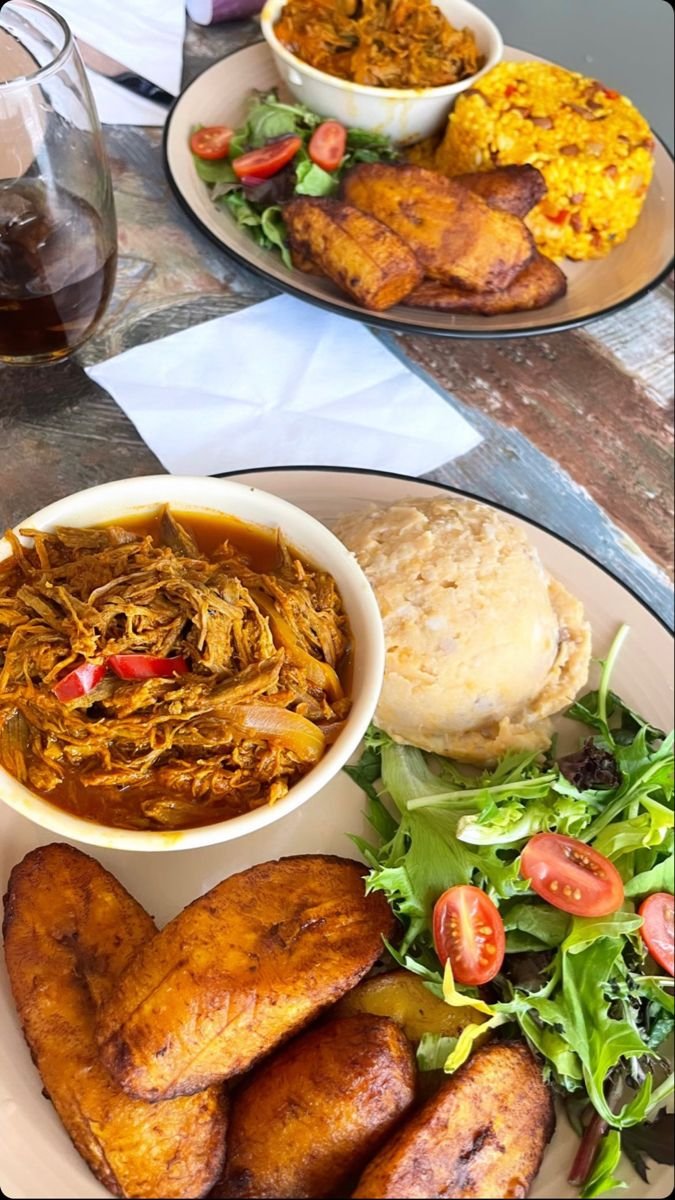
Food and Drink
Cuban cuisine is a vibrant reflection of its history and cultural fusion, blending Spanish, African, and Caribbean influences into flavorful, hearty dishes. Eating in Cuba is not just about nourishment but an essential part of the travel experience, connecting you to the island’s spirit and traditions.
Traditional Cuban Cuisine
At the heart of Cuban food are simple, fresh ingredients prepared with care. Staples include rice and beans (often black beans), plantains, pork, chicken, and fresh seafood. Popular dishes to try include:
- Ropa Vieja: Shredded beef stewed in a tomato-based sauce with peppers and onions, served with rice and beans.
- Lechón Asado: Roast pork, often marinated with garlic and citrus, a festive and beloved dish.
- Moros y Cristianos: Black beans and white rice cooked together, symbolizing the cultural mix of Moors and Christians.
- Tostones: Twice-fried green plantain slices, crispy and savory.
- Yuca con Mojo: Cassava root served with a garlicky citrus sauce.
- Picadillo: Ground beef cooked with tomatoes, olives, raisins, and capers for a sweet-savory flavor.
Street food is also popular, with vendors selling snacks like croquetas (fried meat or fish croquettes), empanadas, and tamales. Sampling these on the go is a great way to enjoy local flavors casually.
Dining Experiences
Cuba’s dining scene ranges from humble paladares (privately owned restaurants) to elegant hotel dining rooms. Paladares have flourished since the 1990s and offer some of the best opportunities to taste authentic Cuban cooking in a homey atmosphere. These family-run eateries often serve creative takes on traditional dishes and use local, seasonal ingredients.
In Havana and other tourist hubs, you’ll also find international cuisine, fusion restaurants, and trendy cafés offering everything from gourmet seafood to vegan options. Many places serve Cuban coffee, a strong and sweet espresso, which is a daily ritual for locals.
Drinks and Nightlife
No visit to Cuba is complete without sampling its famous drinks. The island is renowned for its rum, considered among the finest in the world. Classic cocktails to enjoy include:
- Mojito: White rum, lime juice, sugar, mint, and soda water – refreshing and iconic.
- Daiquiri: A simple blend of rum, lime, and sugar, often served frozen.
- Cuba Libre: Rum, cola, and lime, a Cuban twist on the classic rum and coke.
- Canchánchara: A traditional mix of rum, honey, lime, and water, especially popular in the eastern regions.
Cuban beer, such as Cristal and Bucanero, is widely available and pairs well with local dishes.
Evenings in Cuba often revolve around music and dance. Many bars and clubs feature live salsa, son, and jazz performances, inviting visitors to join the rhythmic pulse of Cuban nightlife.
Practical Tips for Eating and Drinking in Cuba
- Cash is King: Most restaurants and bars prefer cash payments in local currency or convertible pesos.
- Tipping: Tipping is customary and appreciated, usually around 10% of the bill.
- Food Safety: Stick to well-reviewed restaurants or casas particulares recommended by trusted sources to avoid foodborne illness.
- Water: It’s advisable to drink bottled water, as tap water quality varies.
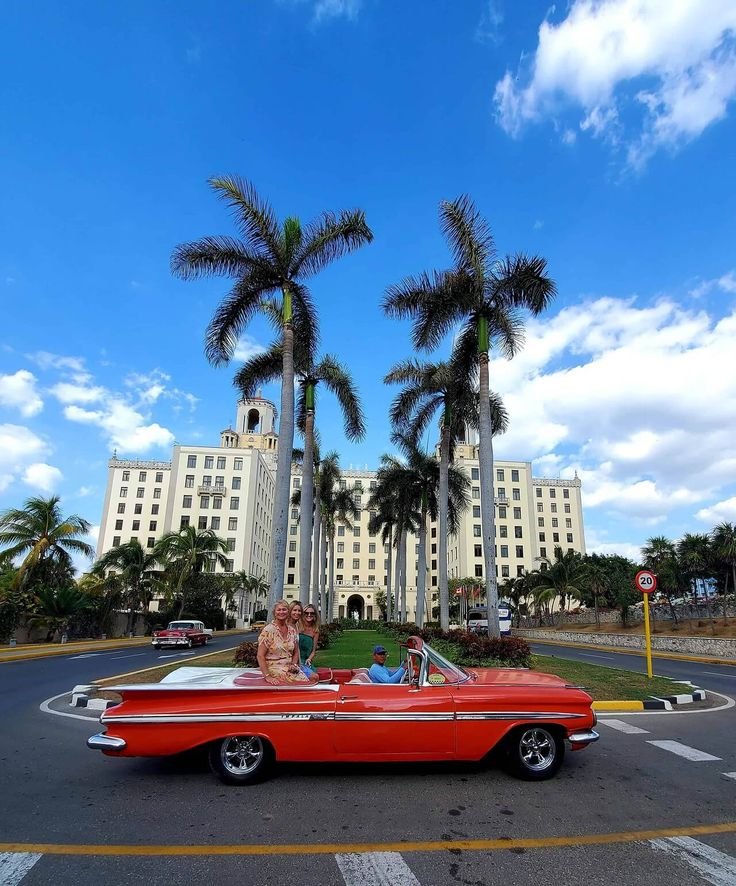
Must-See Attractions
- Old Havana (La Habana Vieja)
Old Havana is the beating heart of Cuba’s capital and a UNESCO World Heritage site. Its cobblestone streets, colonial plazas, and pastel-colored buildings create a charming atmosphere where history comes alive. Key landmarks include the Plaza de la Catedral, the grand Cathedral of Havana, Plaza de Armas, and the iconic Malecón seawall. Wander through the bustling streets filled with vintage cars, street musicians, and vibrant markets to soak in the city’s bohemian rhythm.
- Playa Varadero
Varadero is Cuba’s most famous beach destination, renowned for its two dozen kilometers of powdery white sand and crystal-clear turquoise waters. It’s perfect for sunbathing, swimming, and water sports such as snorkeling, scuba diving, and sailing. The area is also home to numerous resorts, restaurants, and nightlife options, making it ideal for a relaxing beach holiday.
- Viñales Valley
Nestled in the Pinar del Río province, Viñales Valley is a lush, green landscape dotted with dramatic limestone mogotes (karst hills), tobacco farms, and caves. This UNESCO World Heritage site offers stunning natural beauty and insight into traditional Cuban agriculture. Visitors can explore caves like Cuevas del Indio by boat, hike or horseback ride through the valley, and visit local farms to learn about tobacco cultivation.
- Santiago de Cuba
Known as Cuba’s second capital, Santiago de Cuba is a vibrant city steeped in revolutionary history and Afro-Caribbean culture. Visit the Cuartel Moncada museum, the Basílica de Nuestra Señora del Cobre (the island’s most revered church), and the Castillo de San Pedro de la Roca fortress overlooking the sea. Santiago is also famous for its lively music scene and the Carnaval festival in July.
- Trinidad
This beautifully preserved colonial town is another UNESCO World Heritage site. Its cobblestone streets, brightly painted houses, and historic plazas transport visitors back in time. Key sights include Plaza Mayor, the Romantic Museum, and the nearby Topes de Collantes National Park, known for waterfalls, hiking trails, and natural pools.
- Ernest Hemingway House (Finca Vigía)
Located just outside Havana, this museum was the home of the legendary writer Ernest Hemingway. It offers a fascinating glimpse into his life in Cuba, showcasing his personal belongings, books, and the iconic fishing boat Pilar. The lush gardens and nearby Cojimar village add to the charm.
- Baconao National Park
Situated near Santiago de Cuba, this UNESCO Biosphere Reserve features diverse ecosystems, including tropical forests, beaches, and mountains. Highlights include a life-size dinosaur sculpture park, an aquarium with a Caribbean Sea tunnel, and the Gran Piedra, a massive volcanic rock offering panoramic views.
- Cemeterio de Cristóbal Colón (Colon Cemetery)
One of the largest cemeteries in Latin America, located in Havana, it is renowned for its elaborate tombs, sculptures, and mausoleums. It serves as a cultural monument reflecting Cuban history and artistry.
- The Capitolio and Revolution Square (Plaza de la Revolución)
In Havana, the Capitolio building is an impressive architectural landmark resembling the U.S. Capitol. Nearby, Revolution Square hosts massive political rallies and features giant murals of Che Guevara and Camilo Cienfuegos, symbolizing Cuba’s revolutionary spirit.
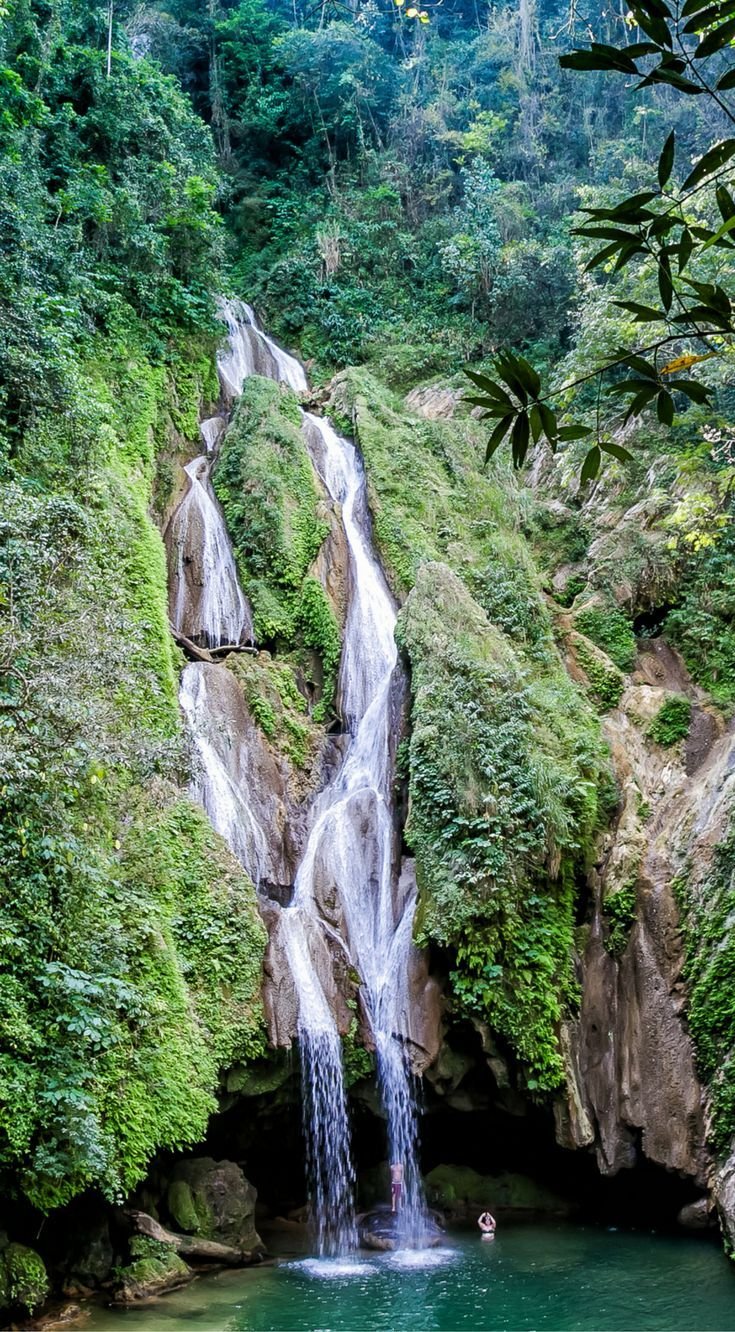
Must-Do Activities
Explore Havana on Foot or by Classic Car
One of the best ways to experience Havana is by strolling through its lively neighborhoods or taking a ride in a vintage 1950s American car. This iconic mode of transport offers a nostalgic and scenic way to see the city’s landmarks, from the Malecón to the Plaza Vieja. Don’t miss the chance to stop at a local café for a strong Cuban coffee or a refreshing mojito.
Dive and Snorkel in Cuba’s Coral Reefs
Cuba boasts some of the Caribbean’s healthiest coral reefs, especially around the Jardines de la Reina archipelago and the Bay of Pigs. Snorkeling and scuba diving here reveal vibrant marine life, colorful corals, and underwater caves. Beginners and experienced divers alike will find unforgettable underwater adventures.
Visit Tobacco Farms and Learn About Cuban Cigars
In Viñales and Pinar del Río, take a guided tour of traditional tobacco plantations. Learn about the meticulous process of growing, harvesting, and rolling the world-famous Cuban cigars. Many farms offer tastings and the chance to purchase authentic cigars directly from the producers.
Attend a Live Music or Salsa Night
Music is the soul of Cuba, and no visit is complete without experiencing live performances. Havana’s Casa de la Música and other venues offer nightly salsa, son, and jazz shows where you can dance alongside locals. Even small towns have lively street music, creating an infectious atmosphere.
Hike in Topes de Collantes National Park
Near Trinidad, this park offers a refreshing escape into nature with trails leading to waterfalls, caves, and natural pools. Hiking here is a great way to cool off and enjoy Cuba’s tropical biodiversity. Be sure to bring swimwear for a dip in the crystal-clear waters.
Explore Caves and Underground Rivers
Cuba’s karst landscapes hide fascinating caves such as Cuevas del Indio in Viñales and Bellamar Cave near Varadero. Guided tours often include boat rides through underground rivers and spectacular stalactite formations, offering a thrilling and scenic experience.
Relax on Cuba’s Lesser-Known Beaches
Beyond Varadero, discover quieter beaches like Playa Pilar on Cayo Guillermo, known for its powdery white sand and turquoise waters, or the secluded sands of Maria la Gorda in the west, ideal for snorkeling and diving enthusiasts.
Take a Road Trip Along La Farola Highway
In eastern Cuba, the scenic La Farola road winds through lush mountains from Guantánamo to Baracoa. This drive offers breathtaking views, stops at waterfalls, and encounters with local vendors selling traditional treats like cucuruchos (a sweet coconut and honey snack).
Visit Museums and Cultural Sites
Explore the Museum of the Revolution in Havana to understand Cuba’s complex history, or visit the National Museum of Fine Arts to admire Cuban art. The Rum Museum offers insight into the island’s famous spirit, with tastings included.
Experience Cuban Festivals and Carnivals
If your trip coincides with local festivals, such as Santiago de Cuba’s Carnaval in July or Havana’s Jazz Festival, immerse yourself in the colorful parades, music, dance, and street parties that showcase Cuba’s lively culture.
Final Thoughts
Cuba’s must-see attractions and activities in 2025 offer a rich tapestry of experiences that celebrate its history, natural beauty, and vibrant culture. Whether wandering through the historic streets of Havana, exploring lush valleys, relaxing on pristine beaches, or dancing to live salsa music, every moment in Cuba is infused with warmth and authenticity. Plan your itinerary to balance cultural exploration with outdoor adventure, and you’ll leave the island with memories that last a lifetime.
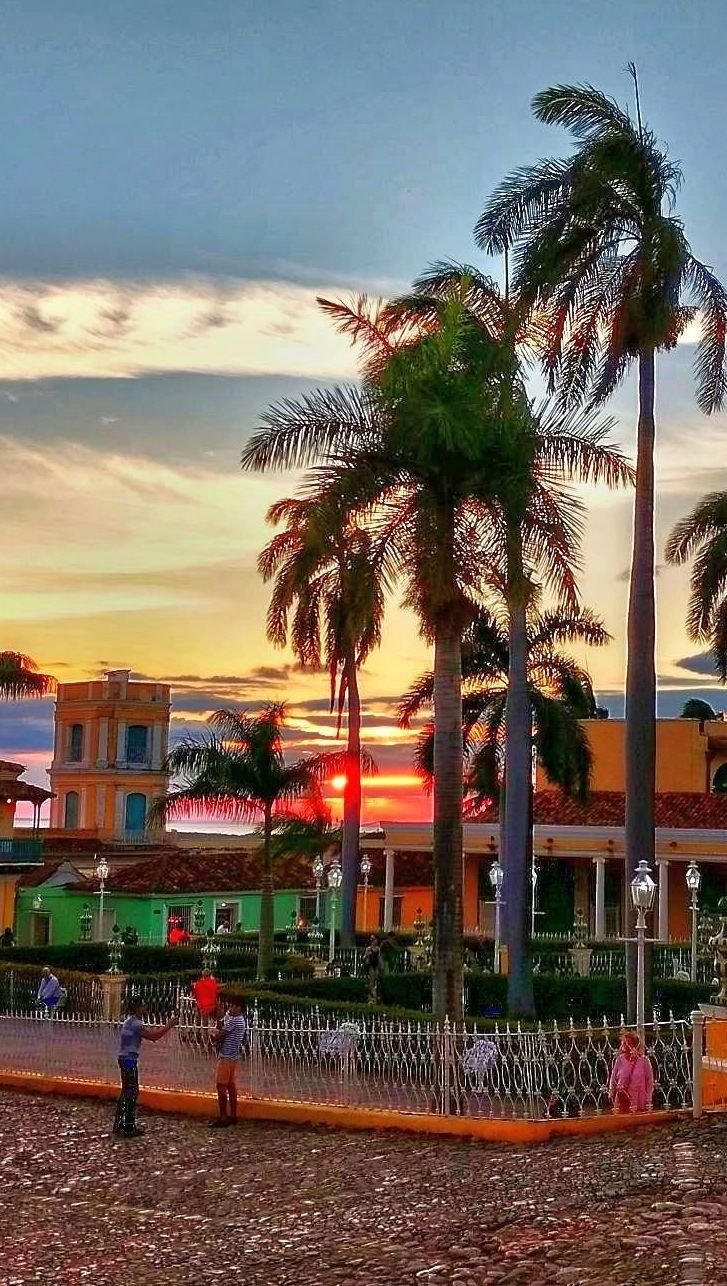
Travel Tips
Traveling to Cuba in 2025 promises a rich cultural experience, stunning landscapes, and warm hospitality. To ensure your trip is smooth, enjoyable, and safe, it’s essential to be well-prepared with practical travel tips. This guide covers important safety advice, key local customs, and basic language tips to help you navigate Cuba confidently and respectfully.
Safety Advice
General Safety Overview
Cuba is generally considered one of the safer destinations in the Caribbean and the Western Hemisphere. Violent crime rates are low, and the country has strict gun laws, which contribute to a relatively secure environment for tourists. However, like any popular travel destination, petty crime such as pickpocketing and bag-snatching can occur, especially in crowded tourist areas, markets, and on public transport.
To minimize risks, always remain alert, especially after dark, and avoid walking alone in poorly lit or unfamiliar areas. Tourist hotspots such as Old Havana and Varadero have a visible police presence, which helps maintain order, but vigilance is still important.
Protecting Your Belongings
- Use a secure, close-fitting bag or money belt to keep your valuables safe and avoid carrying large amounts of cash or flashy jewelry.
- Avoid displaying expensive electronics openly, as theft of mobile phones and laptops has been reported.
- When staying in casas particulares (private homestays), use the in-room safes if available, and do not leave valuables unattended.
- At airports, be cautious during luggage handling; lock your suitcases and consider shrink-wrapping them before check-in.
Transportation Safety
Road conditions in Cuba vary widely. While the main highway connecting Havana to eastern cities is generally in good shape, many secondary roads are poorly maintained, with potholes, limited signage, and inadequate lighting. Night driving is particularly risky due to unlit roads, roaming livestock, slow-moving vehicles, and sometimes erratic driving behavior.
If you plan to drive:
- Obtain an International Driving Permit and ensure your insurance covers Cuba.
- Drive defensively, avoid night travel, and never pick up hitchhikers.
- Use official taxis or pre-arranged transport rather than hailing random vehicles on the street.
- Always wear seatbelts if available, and avoid riding motorcycles or motorbike taxis, as accidents involving inexperienced drivers are common.
Public transportation is generally safe but can be crowded. Registered taxis are recommended over unlicensed cabs, which may overcharge or pose safety concerns.
Health Precautions
Cuba’s healthcare system is well-regarded, and medical facilities in major cities are equipped to handle emergencies. However, travelers should take standard health precautions:
- Drink bottled or purified water; avoid tap water.
- Protect yourself from mosquito bites to reduce the risk of diseases like dengue and Zika, which are present year-round.
- Bring any necessary medications, as some pharmaceuticals can be hard to find locally.
- Ensure you have travel health insurance covering your entire stay, as it is mandatory for entry.
Natural Hazards
Cuba’s hurricane season runs from June to November. If traveling during this period, stay informed about weather forecasts and follow local authorities’ advice. The island’s infrastructure can be affected by storms, so plan accordingly.
Local Customs
Cuban Hospitality
Cubans are known for their warmth and friendliness. Visitors often find locals eager to share stories, music, and cultural insights. Greeting people with a smile and a polite “Buenos días” (Good morning) or “Buenas tardes” (Good afternoon) goes a long way in building rapport.
Social Etiquette
- Personal Space and Greetings: Cubans tend to be warm and tactile, often greeting with a handshake or a light cheek kiss among acquaintances. When meeting someone for the first time, a firm handshake and direct eye contact are appropriate.
- Dress Code: Dress neatly and comfortably. While casual wear is acceptable, especially in beach towns, avoid overly revealing clothing in cities or when visiting churches and official buildings.
- Photography: Always ask permission before photographing people, especially in rural areas or private homes.
- Tipping: Tipping is customary and appreciated. In restaurants, a 10% tip is standard if service is not included. Taxi drivers, guides, and hotel staff also appreciate small tips.
Currency and Payments
Cuba uses the Cuban Peso (CUP) for locals and the Convertible Peso (CUC) primarily for tourists, though recent reforms have aimed to unify the currency system. Tourists typically use CUC or foreign currency (Euros, Canadian Dollars, or US Dollars exchanged at official exchange houses). Credit and debit cards issued outside Cuba often do not work, so carry sufficient cash and exchange it at official locations.
Respect for History and Politics
Cuba’s revolutionary history is a sensitive and proud topic. When discussing politics, approach conversations with respect and openness, avoiding confrontational or judgmental language. Photography of military or government buildings is generally discouraged.
Language Basics
Spanish is the official language of Cuba, and while English is spoken in tourist areas, learning some basic Spanish phrases enhances your experience and shows respect for local culture.
Essential Spanish Phrases
- Hola – Hello
- Buenos días / Buenas tardes / Buenas noches – Good morning / Good afternoon / Good evening
- Por favor – Please
- Gracias – Thank you
- ¿Cuánto cuesta? – How much does it cost?
- ¿Dónde está el baño? – Where is the bathroom?
- No hablo mucho español – I don’t speak much Spanish
- ¿Habla inglés? – Do you speak English?
- Ayuda – Help
- Estoy perdido/a – I am lost
- Una mesa para [dos], por favor – A table for [two], please
Conversational Tips
- Cubans appreciate attempts to speak Spanish, even if imperfect. Smile and be patient when communicating.
- Use polite forms such as “usted” when addressing strangers or elders.
- Listening carefully and repeating words can help bridge language gaps.
Final Tips for a Smooth Journey
- Stay informed about local news and weather conditions during your stay.
- Keep photocopies of your passport, visa, and travel insurance separate from the originals.
- Register with your embassy or consulate upon arrival if possible.
- Avoid political demonstrations or large crowds.
- Use official services for tours, taxis, and currency exchange.
- Carry a small flashlight or headlamp for areas with unreliable electricity.
- Respect the environment and local communities to preserve Cuba’s charm.
By following these travel tips on safety, customs, and language, you’ll navigate Cuba with confidence and respect, unlocking the full richness of this extraordinary island. Your 2025 Cuban journey will not only be memorable but also safe and culturally rewarding. Enjoy the music, the food, the history, and above all, the warmth of the Cuban people.

